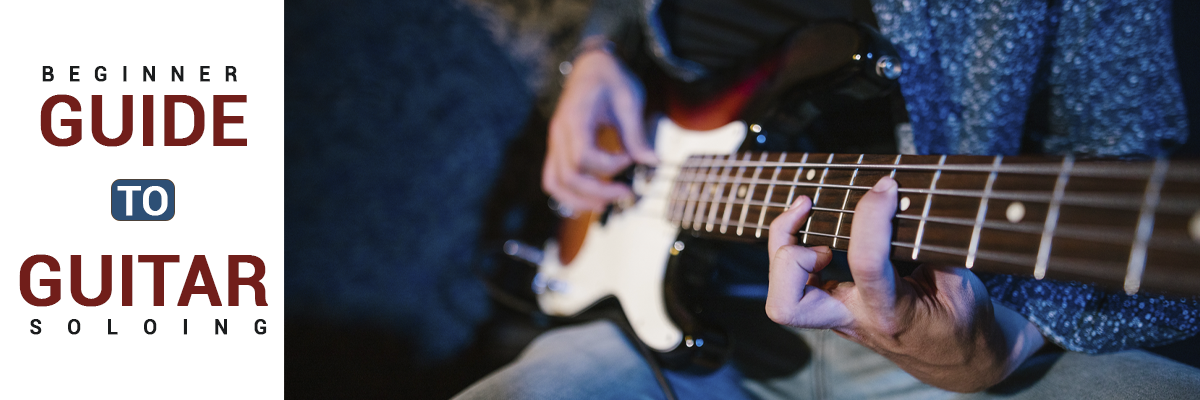
A solo can be defined as melodic passages that are played on guitars. It can be pre-written or even improvised. Different genres of music lead to different solo styles. Both traditional and popular style of music contains guitar solos based on the demand of the songs. Guitar solos enhance the music and song as a whole and hence playing a decent solo is a must-have skill a present-day guitarist should have. Solos are full of melody, nice licks, and creative moves. The more solos a guitarist learns and memorizes, the bigger his/her music vocabulary becomes. Learning and playing solos or even improvising on existing solos is both challenging and fun. A guitar solo can also be used as a bridge to connect parts of a song adding more interest and variety. Many guitarists like Carlos Santana, Eric Clapton, Jimi Hendrix, Brian May, Slash, and John Petrucci are extremely popular for the solos they have played during their live appearances and recordings.
As a beginner guitar player, learning to play solos can be extremely challenging and time taking, hence an effective strategy should be followed in learning and executing the guitar solos. Some strategies have been mentioned below which are believed to be helpful for beginner guitarists willing to learn to play beautiful solos.
1. Find Out The Key Of The Song:
The key of a song is a shortcut to help you understand what chords and notes the song is based on. Knowing the key of a song is useful because it instantly gives you a lot of information about the chords and notes the song will likely use. With practice, you can learn to find the key of any song on your own. The first and easiest way to find the key of a song is to look at the sheet music for the song and find any key signatures. The key signature is shown on sheet music after the clef and before the time signature:

2. Find A Scale That Works
A scale is a group of notes that are played in a particular sequence. Learning scales are very crucial when it comes to learning to play solos. Major scales, minor scales, and pentatonic scales are the most used scales in current day pop and rock music, however, they can be improvised and there are large numbers of scales that a student can learn gradually.
3. Play The Root Note
The root note works as the center of the solo you will play. Figuring out the root note of the scale or the arpeggios and mapping the same in the fretboard is crucial. Many a time, a guitarist loses track while improvising over the solos, and hence returning to the root note and circling the root note can be a good decision.
4. Listen To The Music and play over the chords.
The solo of a song is not only related to the key of the song and the scales. To play an organic solo it is important to focus on the chords and the chord changes in the song. The scales and arpeggios that are being played over the song should be aligned to the different chords of the song.
5. Think Before You Play
Planning a solo is crucial. Just like the song, a solo has an intro and climax, and hence preparing a mental map of how the solo should be executed becomes an important aspect. Build up the solo, don't play all your best ideas first
6. Don’t play and repeat ALL the notes
You might come across a beautiful lick, but repeating it multiple times will make the solo too obvious and boring, you have to put up new licks and ideas to make the solo look interesting and fun before the audience.
7. Know to handle your instrument.
For both acoustic and electric guitarists, knowing their instrument and having the knowledge of proper execution of the performance becomes very important. Placement of the microphone, choosing proper amp settings, and choosing correct patches and effects in the processor becomes crucial. To execute an ideal solo, guitarists should be clear with the concepts of delay, reverb, overdrive, crunch, compressor, and modulations provided by the gears they have.

8. Learn from big names
In the initial days of learning and experimenting with guitar solos, one should learn (even memories) solos played by famous guitarists. Identifying the genre of your ease and following musicians accordingly and learning the music they have played is never a bad idea.
9. Right-Hand technique
Playing solos is never about the left hand only. The right hand should be well trained too to play meaningful music. It is recommended to learn different picking and muting techniques so that the left and right-hand phrases are good together.